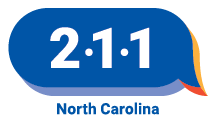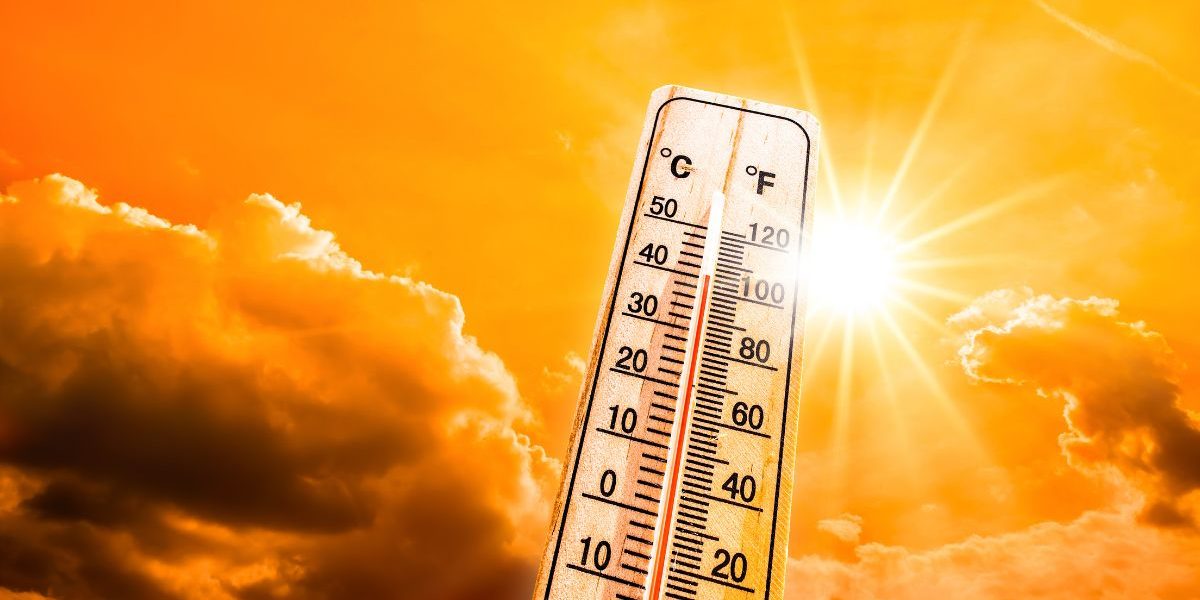Extreme heat is responsible for the highest number of annual deaths among all weather-related hazards. Most heat problems occur because the person has been overexposed to heat or has over-exercised for their age and physical condition.
Who is at greatest risk for extreme heat-related illness?
Older adults, young children and sick or overweight individuals.
What are the signs of heat-related illness?
Heat Stroke- Extremely high body temperature (above 103 degrees F) taken orally
- Red, hot and dry skin with no sweat
- Rapid, strong pulse
- Dizziness, confusion or unconsciousness
- Muscle pains or spasms in the stomach, arms or legs
- Heavy sweating, paleness, muscle cramps, tiredness, weakness, fast or weak pulse, dizziness, headache, fainting, nausea, vomiting
- Skin redness and pain, possible swelling, blisters, fever, headaches
What should I do if someone is experiencing a heat-related illness?
If you or someone you know is experiencing a medical emergency, call 9-1-1. It’s also helpful to know the best ways to respond to each type of heat-related illness. CLICK HERE for more information.
How can I prepare for extreme heat?
- Get trained in first aid and learn how to treat heat-related emergencies.
- Listen to local weather forecasts and stay alert about upcoming temperature changes.
- Make an emergency kit and family communications plan.
- Do not rely on a fan as your primary cooling device. Instead, install window air conditioners and insulate around them.
- Identify public places in your community where you can go to get cool (libraries, malls, cooling centers, etc.)
- Cover windows with drapes/shades, weather-strip doors and windows, and check home for proper insulation.
- Use window reflectors specifically designed to reflect heat back outside.
- Use a powered attic ventilator, or attic fan, to regulate the heat level of a building’s attic by clearing out hot air.
- If you are unable to afford your cooling costs, weatherization or energy-related home repairs, the Crisis Intervention Program may be able to help.
- The Operation Fan Heat Relief Program provides fans to older adults and people with disabilities in the summer months.
How can I stay safe during extreme heat?
- Never leave people or pets in a closed car on a warm day.
- Stay indoors as much as possible. Stay on lowest floor out of sunshine if air conditioning is unavailable.
- If air conditioning is not available in your home go to a cooling center or public place with air-conditioning.
- Take cool showers or baths.
- Wear loose, lightweight, light-colored clothing.
- Use your oven less to help reduce the temperature in your home.
- If you’re outside, find shade. Wear a hat wide enough to protect your face.
- Drink plenty of fluids to stay hydrated, eat well-balanced meals, and avoid alcoholic beverages.
- Avoid high-energy activities or work outdoors, during midday heat, if possible.
- Check on family members, seniors and neighbors.
- Watch for heat cramps, heat exhaustion and heat stroke.
- Consider pet safety. If they are outside, make sure they have plenty of cool water and access to comfortable shade.
- Dress in loose-fitting and lightweight clothing. If using a mask, use one that is made of breathable fabric, such as cotton, instead of polyester.
How can I find a public shelter with air conditioning?
If your home loses power during periods of extreme heat, go to a designated public shelter. Text SHELTER + your ZIP code to 43362 (4FEMA) to find the nearest shelter in your area (example: shelter 12345). You can also visit nc211.org and type “Extreme Heat Cooling Centers” into the search bar on our homepage.
SOURCES: Ready NC, Ready.gov
Last updated 7/1/2023


